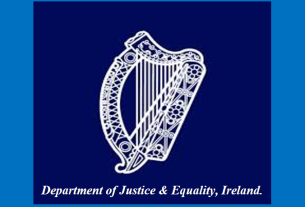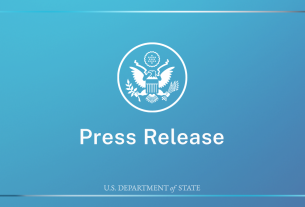Language access is a personal passion for me as communications director for the Occupational Safety and Health Administration and it’s also more important than ever. Why? Because while worker rights, standards, required protections and guidance exist, if people don’t know about them – or they’re afraid to communicate with us – it is extremely difficult for us to accomplish our mission. We’ve heard from workers and advocacy groups across the country time and time again about how workers are often marginalized or mistreated because of their language – as well as nationality, immigration status, skin color and socioeconomic status.
The data also points to language access as a safety issue. According to the Bureau of Labor Statistics, Hispanic or Latino workers continue to have the highest fatality rate of all demographic groups at 4.6 fatalities per 100,000 full-time workers.
At OSHA, we’ve been stepping up our efforts to get critical safety and health information to workers in a language they understand. From an all-Spanish newsletter to PSAs that are more culturally authentic to making our publications available in dozens of languages, we are working to bridge the gap.
I recently shared about our progress at the American Society of Safety Professionals conference in Denver, as well as the hurdles we face. Here are two of our biggest challenges – which I found during our discussion afterward are often shared by others in the safety and health community:
1. Overcoming fear and establishing trust. Any effective communication to me begins with trust and credibility. OSHA has credibility as a leader in workplace safety and health but, as a government agency, we don’t always have that trust with workers who are most likely to be subjected to labor violations. Many workers won’t contact OSHA (even if they know their rights!) because they are afraid of being fired, deported or even killed. We need to be able to communicate with them in a way that will help them stay safe.
2. Reaching workers directly. How do we reach workers in fields, on shop floors and processing lines, up in trees, down in trenches or other jobs that are inherently more hazardous? And if we can reach them, what do we tell them, what do they need to hear from us and how?
To overcome these challenges, we have needed to find new ways. Here’s what is working for us and that I encourage others to do, too:
- Listen! This is probably the most important skill to have and the least used. We aim to be open to all forms of feedback, especially the negative – because this is often where the opportunities are.
- Involve others and find the right messenger. It’s critical to get different perspectives and ideas before you begin. And sometimes the best messenger is not us. People trust messages from people they can relate to – thosew with similar backgrounds, cultures, appearances. Other organizations and community members often have the trust of the workers we need to reach so it’s important to work with them to get our messages out. Labor Rights Week is a great example of collaborating to spread the word about workers’ rights. These kinds of partnerships are also critical when it comes to languages that are only (or primarily) spoken.
- Choose words carefully because culture matters. It’s important to ask whether there are cultural considerations in the specific language, images and social settings being used. Whenever possible, our content is peer reviewed for accuracy and sensitivity – ideally from someone with the language or cultural background of our target audience.
- Know your audience. This is a must for every occasion. We have to find out what they want to learn from us and where/how they like to get information. For example, we found workers were more likely to join a Zoom webinar than to use applications associated with the federal government. We’ve been able to hold meetings in dozens of languages, as well as provide simultaneous interpretation.
- Use plain language. We’re making this a priority for every language, including English, so people can easily understand our message and it’s simpler to translate. This also applies to how we conduct trainings. Breaking down elements into smaller bites makes the information easier to retain. (Which, honestly, is true for everyone regardless of language or culture!)
At OSHA, we are building our own culture so that language accessibility and cultural inclusion is part of everything we do – a regular part of our routine. It’s great to know that there are other people who are just as passionate about communication and language access to keep people safe at work.
If you’re interested in learning more or collaborating with OSHA, visit osha.gov/workers or contact us at 202-693-1999.
Frank Meilinger is the director of communications for the Occupational Safety and Health Administration. Follow OSHA on X at @OSHA_DOL and on LinkedIn.


